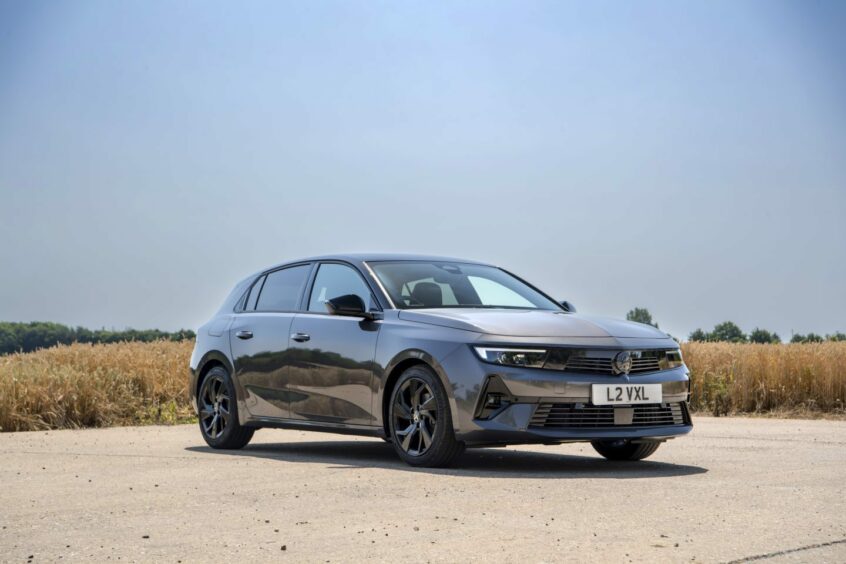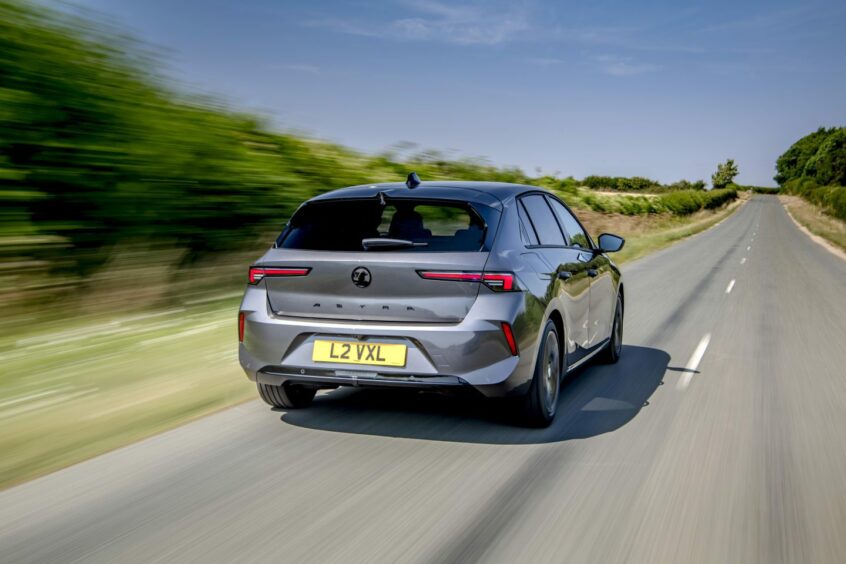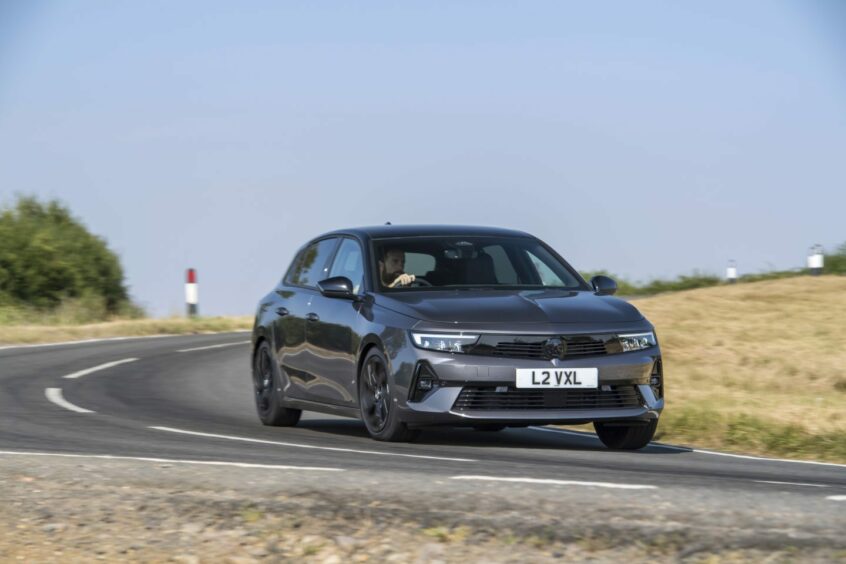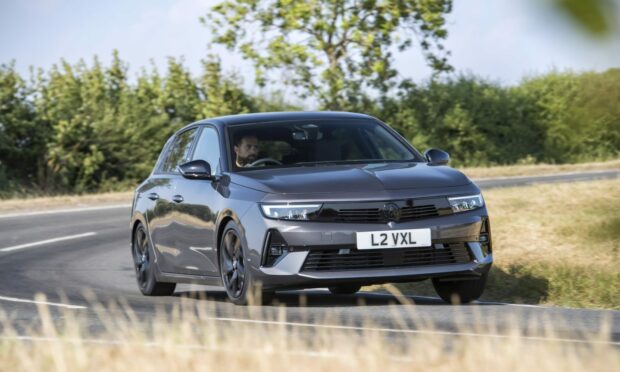It feels like the Vauxhall Astra has been around forever.
While it is not quite that long, it is heading for half-a-century.
Strictly speaking, only the name has been with us since 1980, when it was slapped on right-hand-drive versions of the European Opel Kadett as a replacement for the venerable Vauxhall Viva, which for some was the iconic car to bear the Griffin emblem.
It was Vauxhall’s first model to have front-wheel-drive ahead of its time and over the years it has been popular with families looking for value-for-money straightforward motoring.
Through the decades it had featured high in the best-selling charts but while it has held onto its core values, it has steadily been overshadowed by more attractive and technically-advanced alternatives.
Over its life it has been built at the company’s Ellesmere Port plant in northwest England with around four million models rolling off the production line in that time.
Sharper looks for the eighth generation model

The final car came out earlier this year, coinciding with the plant’s 60th anniversary, after the current owners, the giant Stellantis Group, which includes Citroen, Peugeot and Fiat in its portfolio, transferred production to its Opel factory in Germany.
There had been fears that this would spell the end for the plant and its 1,000-strong workforce but far from it – instead, the company is investing £100 million, with some Government money, retooling the centre which, by next year, will be building electric vans and securing its future.
So as the factory enters a new phase, what of the Astra itself? It’s a while since I’ve driven one so I expected big things from the latest eight-generation model.
From the outside, the looks have been much improved and made sharper, especially at the front end and there’s new technology inside as well as hybrid electrified engine options although we’ll have to wait until well into next year for a fully-electric version.
It feels a bit unfair on such an iconic name, but even with the refreshed look and new equipment, it’s showing its age.
The car is still capable, efficient and, dare I say, sensible, but just a bit dull and tired.
Good suspension for varied surfaces

On the road, it drives well and is comfortable with the suspension well-adapted to our variable surfaces, and it feels secure and steady on the bends, but this is not a car you’re likely to throw around… even if you wanted to.
I had the feeling that it was a bit dated when compared with the host of alternatives from the likes of Skoda, Honda, Toyota, Ford or Kia who have all excelled themselves with their latest crop of goodies.
For example, there’s the option of an eight-speed automatic gearbox which I assume will be smooth and effortless, but the featured test car had a six-speed manual box. That was fine with clean changes, but while my Size Nines are not the biggest, I kept catching my left foot on the brake while dipping the clutch, which is not a good move.
That seems like a basic design issue and while an owner might get used to keeping their foot to the left, I’ve never encountered that on other recent test cars, although a manual box is becoming the exception rather than the rule.
A simplified range

There are several engine choices including a plug-in hybrid and the range has been simplified with just three trim levels of Design, GS Line, expected to be the most popular, and Ultimate and there’s a Sports Tourer estate version for owners who need extra carrying capacity.
The featured GS Line car came with the 1.2 litre, three-cylinder turbocharged unit which is surprisingly perky when running around but I felt struggled a bit when pushed for acceleration at higher speeds.
On the inside, everything is fine, which sounds like damning with faint praise but that was my overall feeling. Nothing stands out, which is good, but it’s not the sort of interior you would sit within and admire.
The seats are comfortable and the adjustment is fine, the instruments do their job clearly and everything works without any fuss. All round visibility is good, helped by the 360-degree camera on the GS Line version which is useful when reversing as the rear pillars are substantial.
There are physical buttons for much-used functions like the climate control which is good but you still have to negotiate your way through the 10-inch colour touchscreen for other features.
Generous passenger space

Front seat passenger head and legroom is generous but it could get a bit tight for long-legged friends in the back. If you need more luggage space, the rear seats fold on a 60/40 split so there’s plenty of flexibility and the fold-down armrest on the GS Line means you can stick skis or long loads through from the boot.
The boot itself has a flex floor which can be raised or lowered depending on the size of the load and can also hide valuables out of sight.
One area where the Astra and all the Vauxhall range has been left behind – although not alone – is in its peace of mind for buyers.
While the likes of Kia and MG give a seven-year warranty and newcomer Genesis covers five years with an inclusive care plan, Vauxhall’s is still only three years.
That might be okay for many customers but is it enough to give the Astra a prolonged life in a highly-competitive market? I’m not sure the package stands up against the alternatives.
The Facts
Model: Vauxhall Astra GS Line 1.2 Turbo
Price: £27,560 (£28,160 as tested)
0-60mph: 9.7 seconds
Top speed 130 mph
Economy: 50mpg (combined)
CO2 emissions: 125g/km


Conversation